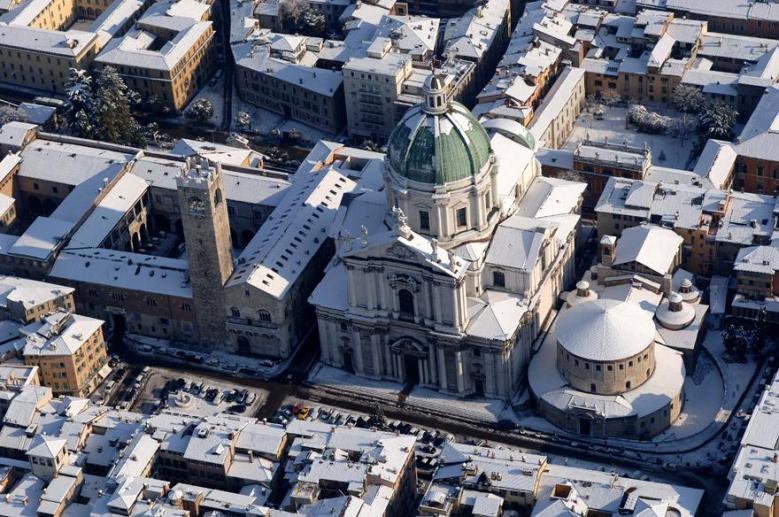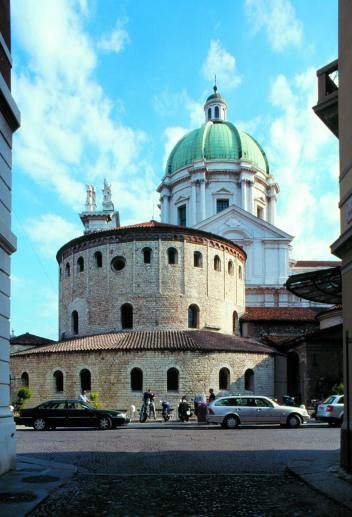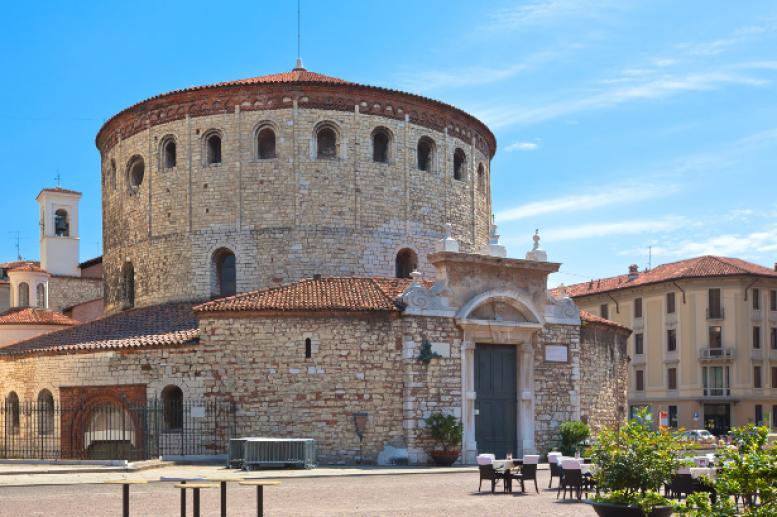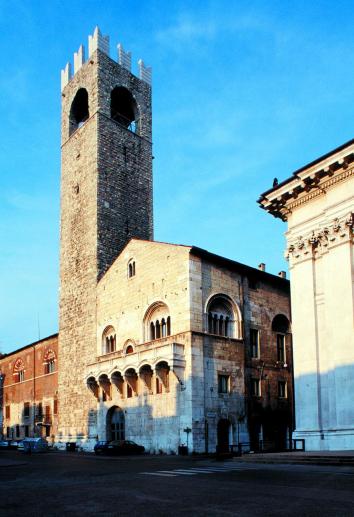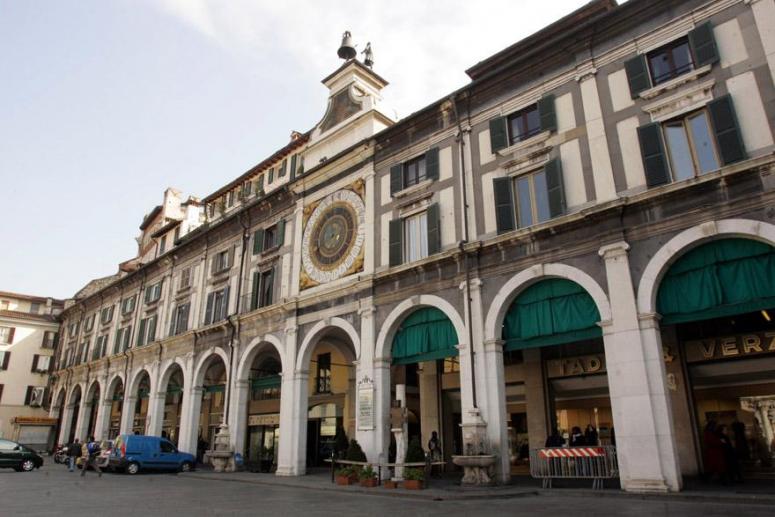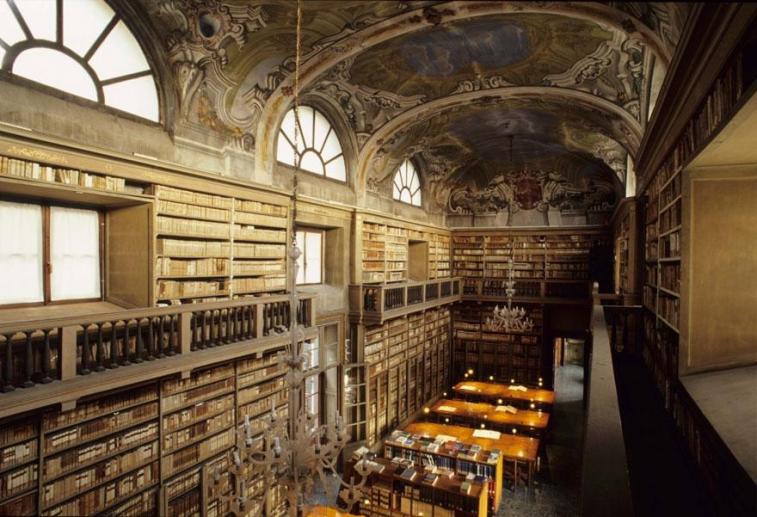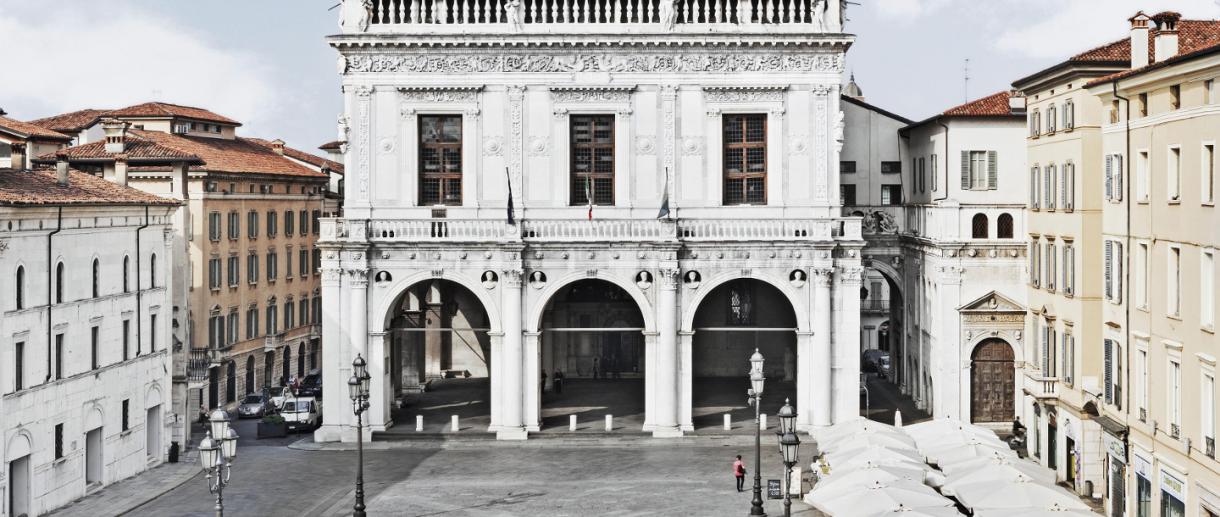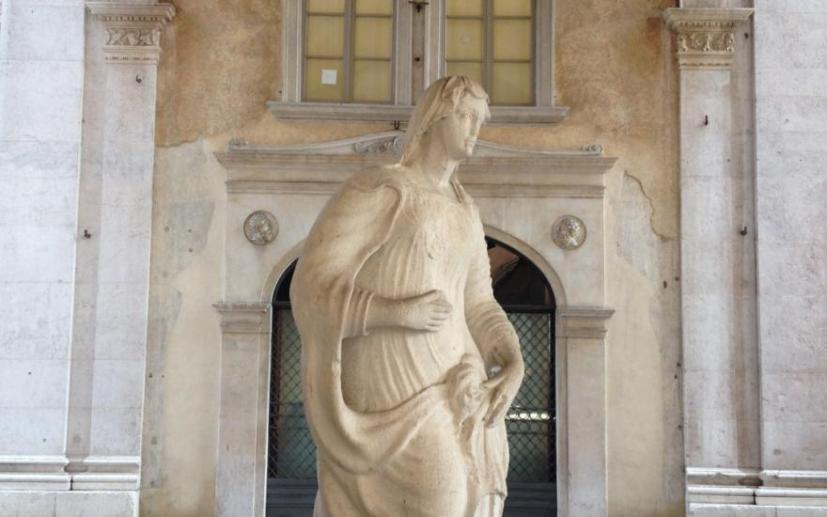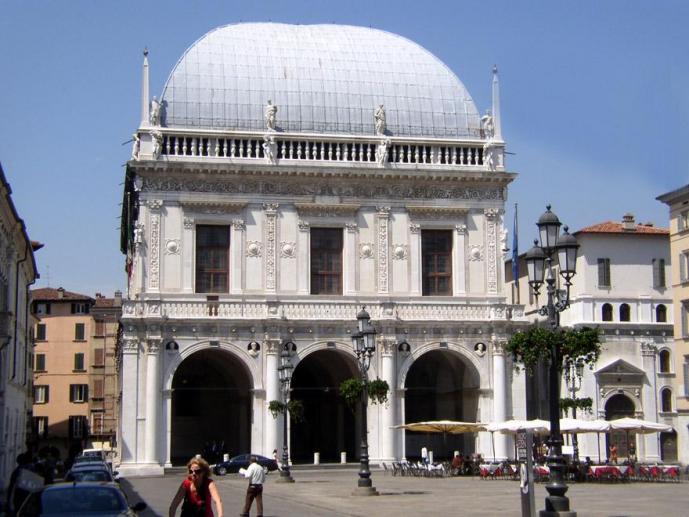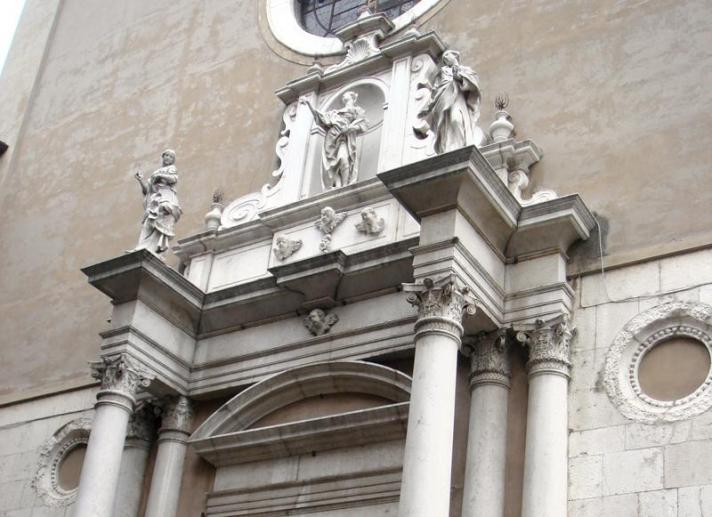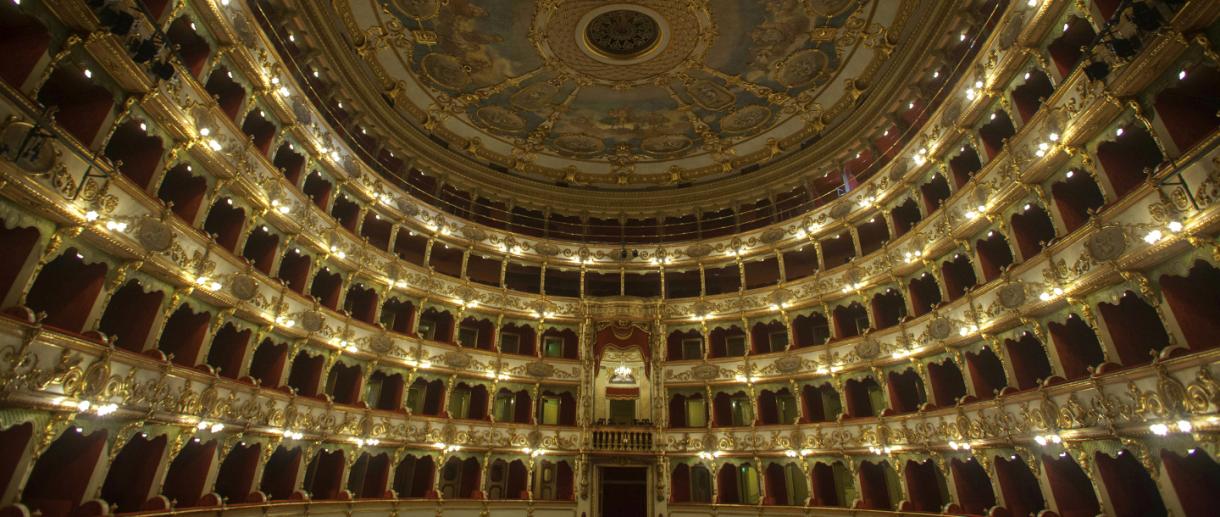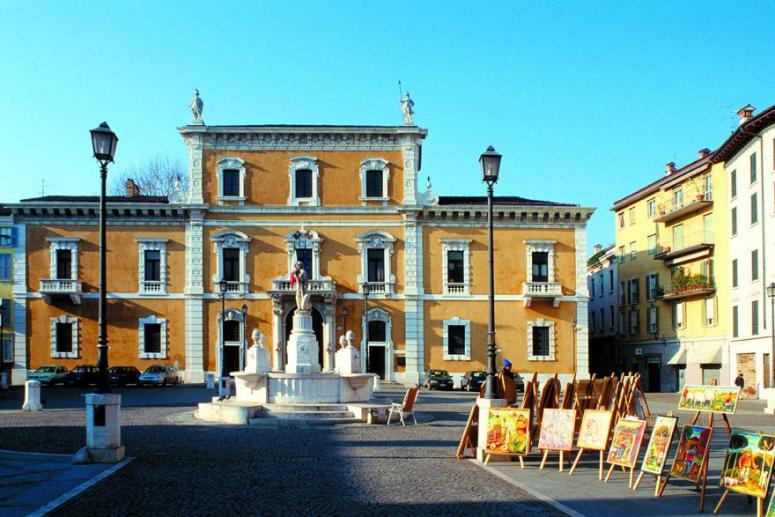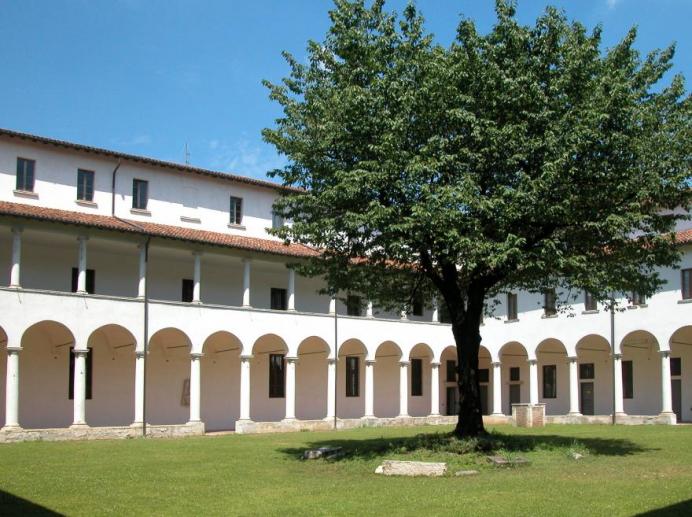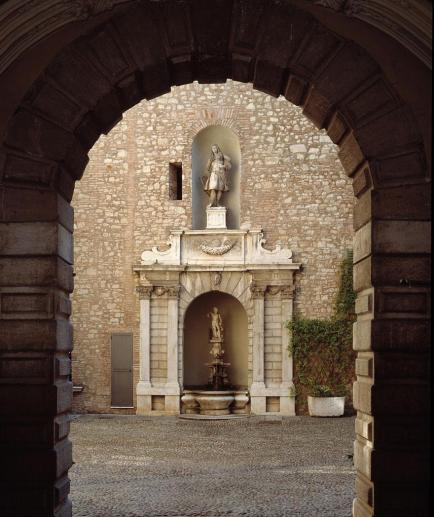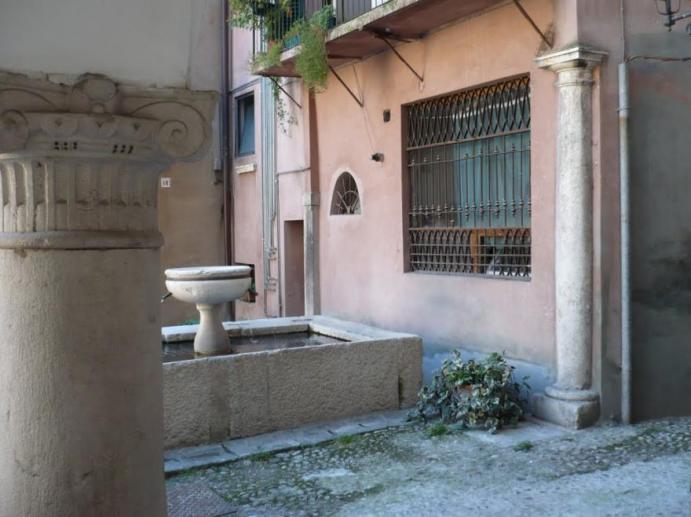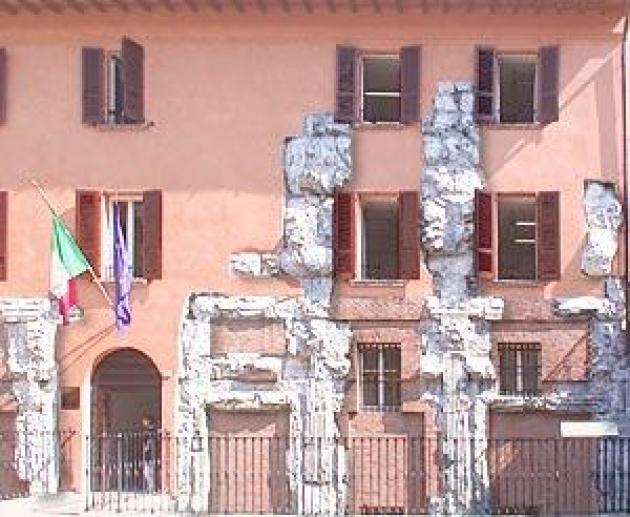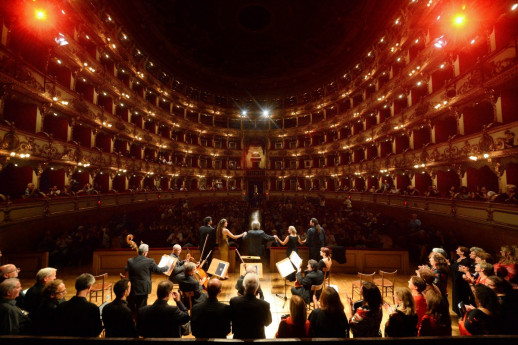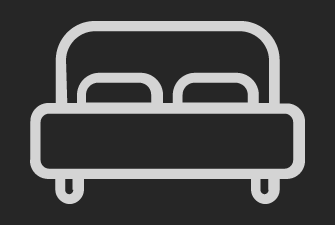- Art & Culture
Angelo Maria Querini
AngeloMaria Querini was born in Venice on March 20, 1680.
Cardinal, scholar and librarian , he descended from one of the most powerful families of the Venetian patriciate.
From childhood he was linked to the city of Brescia , where he was received into the prestigious Jesuit College of St. Anthony; he later entered the Benedictine order in Florence. Considerable family wealth enabled him to travel extensively in Europe where he had contact with the most prominent men of his time, including Frederick II of Prussia and Voltaire.
His prestigious ecclesiastical career saw him elected abbot-general of the Benedictine order in 1721 and, seven years later, become bishop of Brescia; thanks to his office, he soon launched a pastoral activity of great moral commitment and attention to the most needy: to him we owe the inspiration of many charitable activities promoted in those years.
Pastoral activity was constantly accompanied by a great love for study and culture: during his episcopate Brescia thus became an important cultural center. His luminous -and sometimes controversial- erudition, added to a vast breadth of vision, earned him the appointment as prefect of the Vatican Apostolic Library.
In Brescia he established the Civic Library that today bears his name, with the precise and far-sighted desire to make it a public library: this was erected close to the Bishop's Palace between 1746 and 1749, designed by architect Giovan Battista Marchetti. To it Querini donated most of the volumes from his private collection, leaving them as gifts to the municipality upon his death.
The inauguration of the library echoed widely throughout Europe and caused it to become a destination for scholars and intellectuals throughout the eighteenth century: there one could admire not only the 15,000 volumes left by the founder but also works of applied art, paintings and medals.
Many philanthropic and artistic activities were undertaken by the cardinal: among others, thanks to his intervention, work on the factory of the New Cathedral (founded in 1604) resumed. In memory of this, above the central portal of the Duomo Nuovo, there is a statue with a bust of the Cardinal, the work of the sculptor Antonio Callegari; upon his death on January 6, 1755, Querini was buried in the chancel of the Duomo, as befits the tradition of the creators of ecclesiastical buildings.
-
